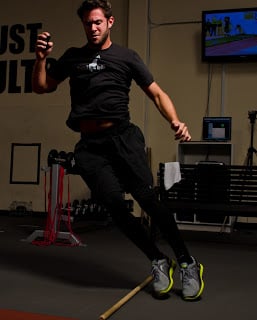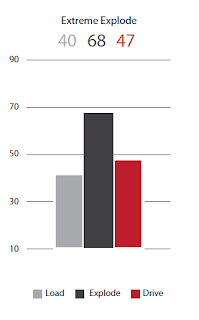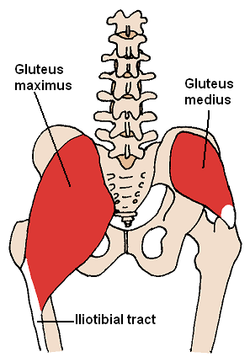
Perhaps the most common question I get is what else we do besides vertical jump testing.
What if I am a baseball player and don’t jump?
What if I am a libero who doesn’t hit?
Football lineman don’t jump…
People shake their head when I proceed to explain their question in a more specific context, like what a vertical jump can do to play better defense (See Sparta Point). The easiest answer is the explanation that the vertical jump occurs in the most important plane of movement, unless you happen to play in space where gravity does not attempt to pull you down to the ground. More scientifically, our pursuits have led us to find that specific variables of the vertical jump can directly explain other movements like lateral quickness better than moving laterally alone!

An October 2012 study out of Osaka, Japan confirmed our findings, looking at collegiate basketball players and their performances in lateral cutting maneuvers. Fortunately, this ability to move side to side is universal. It is found in any sport where you must play better defense; blocking at the net in volleyball, taking ground balls in baseball, and shuffling down the line in football. The nature of all these sporting movement share one common characteristic, the ability to decelerate and the accelerate the body’s center of mass, or COM (See Sparta Point). A lower COM is always preached in basketball and any defensive position, just picture any coach yelling at you to get lower. But why does getting low even matter? More hip extension.

The hip joint is critical because it is the only joint engaged more with greater effort. Ankle and knee use change insignificantly as performance intensity of the vertical jump increases (see Sparta Point). This study collaborated these findings, showing a greater hip extension velocity allowed the athletes to move faster laterally. Hip extension is the hip going from bent (flexed) to straight, basically kicking the ground to create more GRF. The authors surprisingly found that the athletes with more lateral hip velocity performed worse!

So muscles that extend the hip (gluteus maximus) play a critical role in lateral movement. However, the authors found no correlation between the strength of the abductors, muscles on the side of the hip, and lateral quickness, which is the critical factor in playing better defense. While these abductors may not enhance this movement, they certainly can inhibit this direction. These abductor muscles, like the gluteus medius, need to be released by laying directly on a lacrosse ball. We have found athletes that need EXPLODE, or lateral quickness are particularly tight here from over reliance on these versus the extensors such as gluteus maximus.
Hence, the reason we prescribe our primary hip extension movement to them, deadlifts, which emphasizes the vertical plane and hip extensors. This combo has more impact on lateral than lateral movements and muscles. Sometimes it is that simple…
Shimokochi, Yohei et al. “Relationships among performance of lateral cutting maneuver from lateral sliding and hip extension and abduction motions, ground reaction force, and body center of mass height.” Journal of strength and conditioning research vol. 27,7 (2013): 1851-60. doi:10.1519/JSC.0b013e3182764945